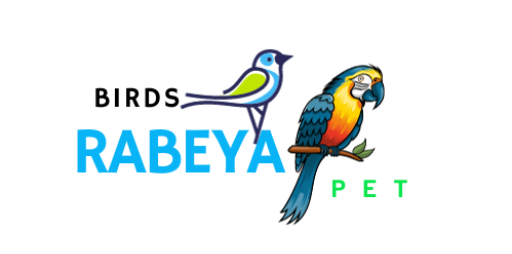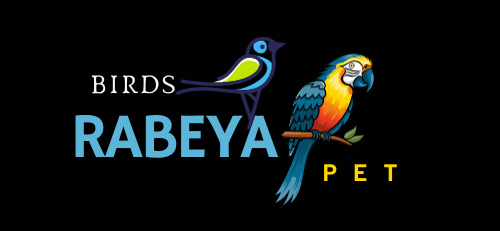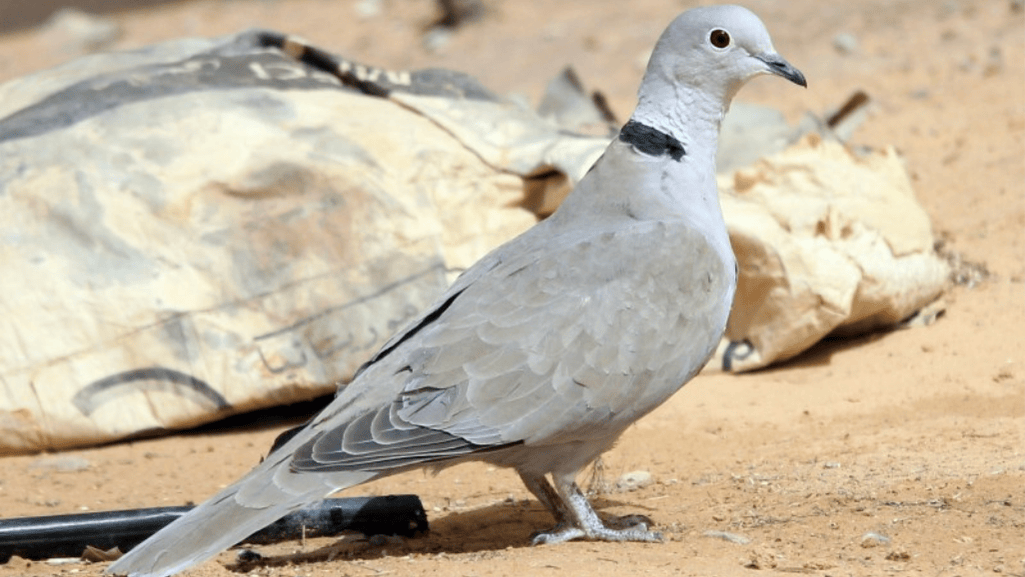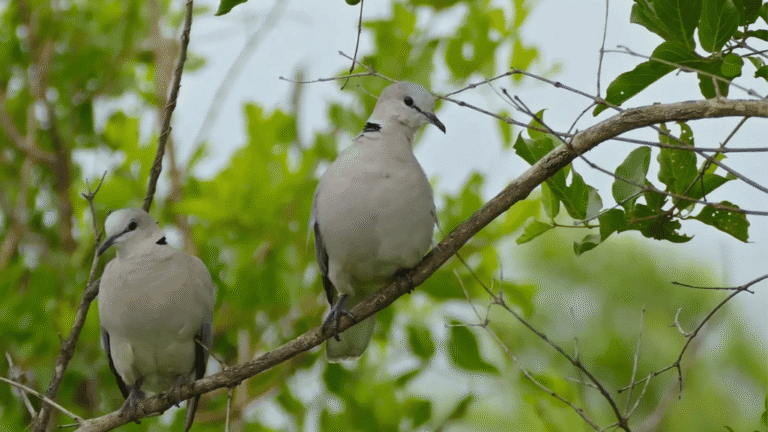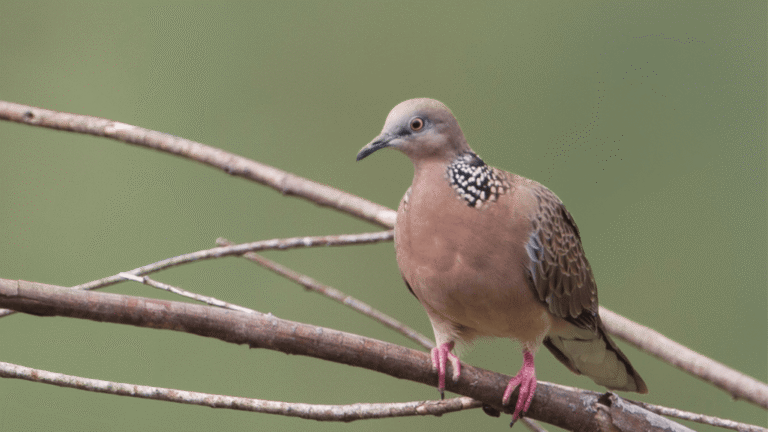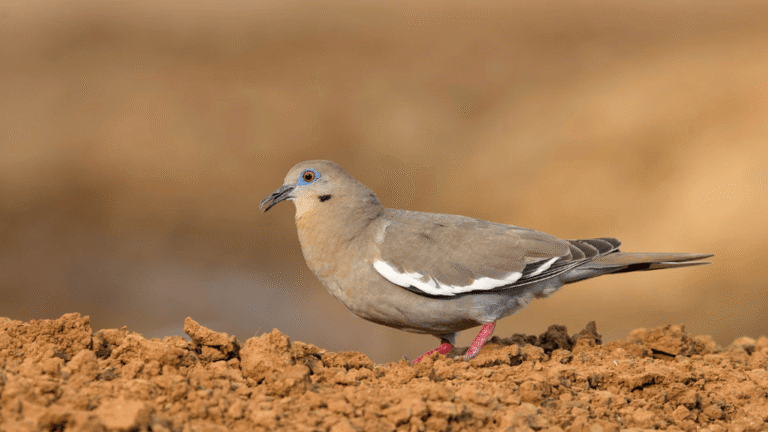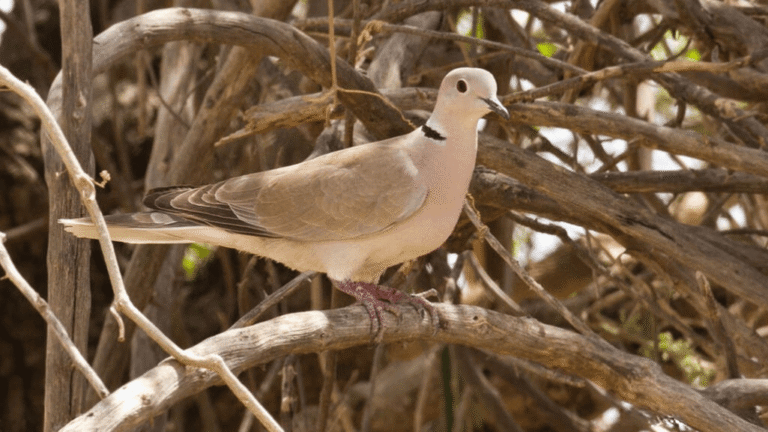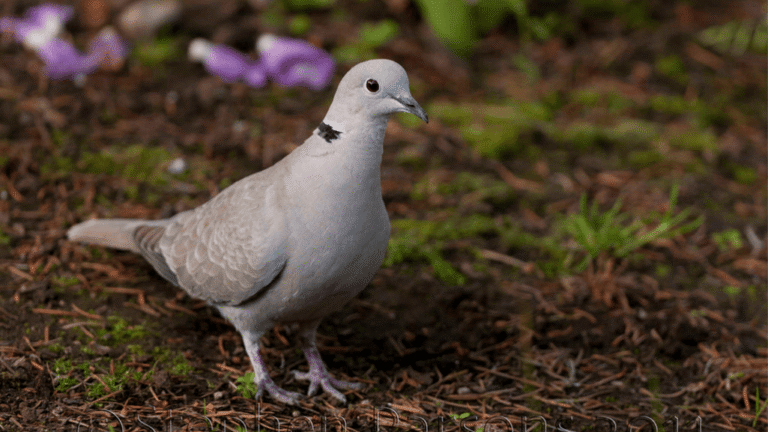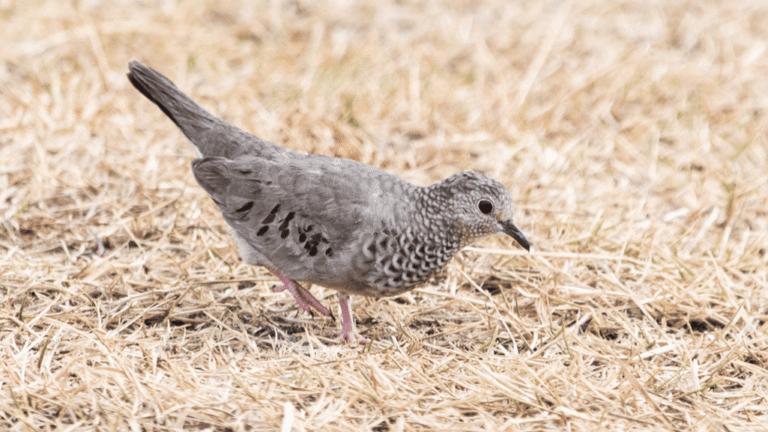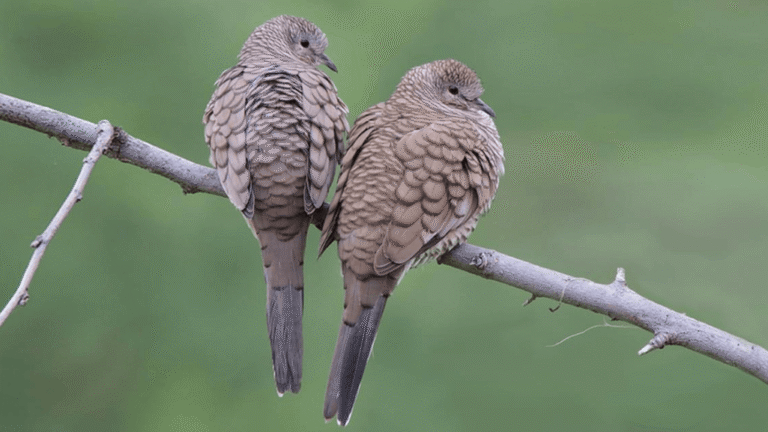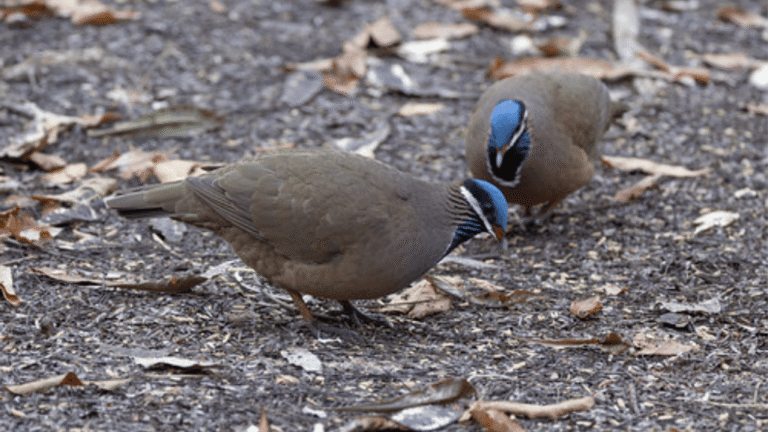African Collared Dove — a gentle, adaptable species cherished by bird lovers. This guide explains how to identify the African Collared Dove and offers practical advice on diet, housing, and everyday care. Read on to learn identification tips, feeding and enclosure guidelines, and steps you can take to support dove conservation.
These doves use a freeze response and other behaviors to avoid predators. This guide shows how to meet their needs—from identification to habitat and diet—and how to support their long-term health in captivity and the wild.
Key Takeaways
Identification: size, sandy-brown plumage, black neck collar, and tail pattern for confident species ID.
Behavior & Care: anti-predator responses, social habits, and daily husbandry practices to promote well-being.
Diet & Housing: recommended seed-based diets, grit, safe supplements (consult a vet), and enclosure specs.
Conservation & Culture: the dove’s symbolic role and practical ways bird lovers can help protect populations.
Jump to: Identification | Diet | Housing | Care | Conservation
Understanding the African Collared Dove
 The African Collared Dove is a hardy species native to the Sahel and the southern edge of the Sahara. Birders prize its soft plumage and calm behavior; this page summarizes how to identify the species, where it lives, and what to expect from its behavior.
The African Collared Dove is a hardy species native to the Sahel and the southern edge of the Sahara. Birders prize its soft plumage and calm behavior; this page summarizes how to identify the species, where it lives, and what to expect from its behavior.
Identification & Description
The African Collared Dove is a medium-sized dove, roughly 26 cm long and about 150–160 g (verify with field guides for regional variation). Its overall tone is sandy-brown with pale underparts, a distinctive black half-collar on the nape, and a black-and-white patterned tail. Note the relatively small bill and rounded head; eye color is often described as dark reddish—use these marks together for a confident ID.
Distribution and Habitat
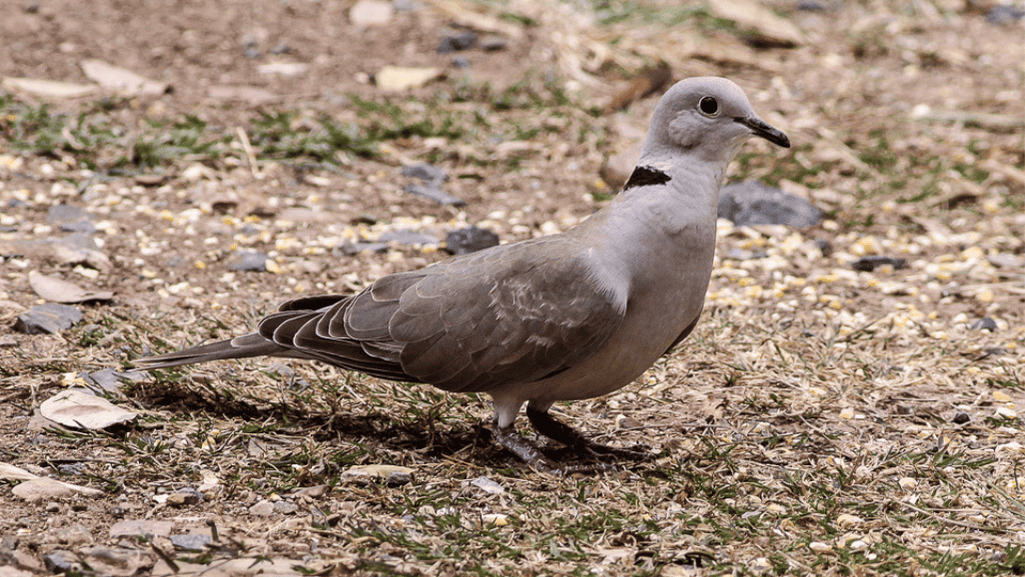 This species favors dry and semi-dry habitats—acacia scrub, open farmland, and arid savanna—but it also occurs in human-modified landscapes such as mangroves and towns. Native to sub-Saharan Africa and parts of southwestern Arabia, the species has established introduced populations in locations like the Canary Islands and Puerto Rico; check regional sources to confirm current status.
This species favors dry and semi-dry habitats—acacia scrub, open farmland, and arid savanna—but it also occurs in human-modified landscapes such as mangroves and towns. Native to sub-Saharan Africa and parts of southwestern Arabia, the species has established introduced populations in locations like the Canary Islands and Puerto Rico; check regional sources to confirm current status.
Behavior and Social Traits
African Collared Doves are gregarious and largely non-territorial, often seen in small flocks at water and roosting sites. They may move locally with seasonal changes in food and water availability. Vocalizations combine soft coos with sharper notes and a low purring call. An anti-predator response often reported is freezing or remaining motionless to avoid detection.
Quick comparison:Compared with similar species (for example the Eurasian Collared-Dove), the African Collared Dove tends to be slightly smaller and shows subtle differences in tail pattern and overall tone—see the ID section later for a checklist and photos.
Cultural Significance and Symbolism
African Collared Dove Symbolism
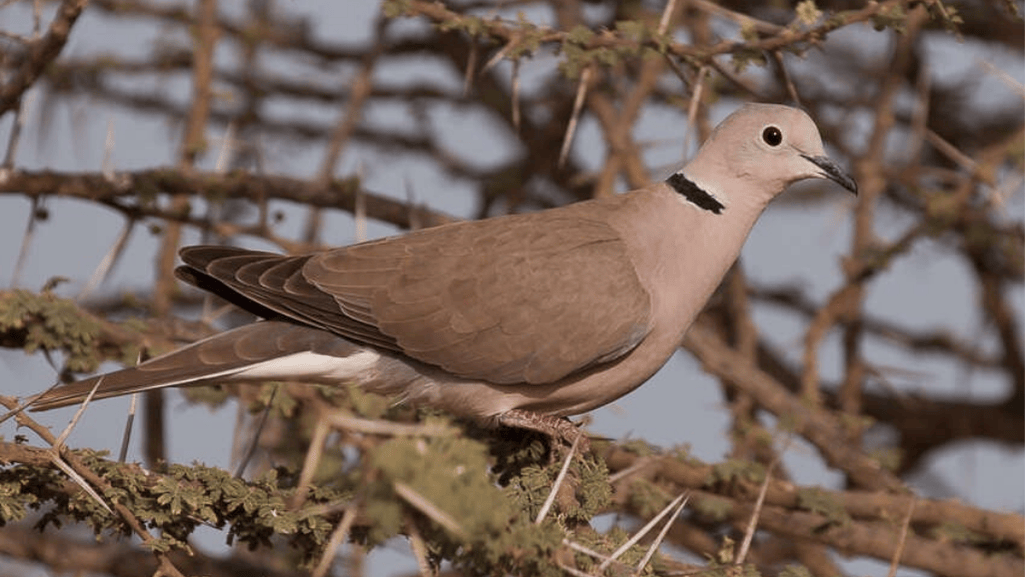 Doves, including the African Collared Dove, carry deep symbolic weight across many cultures—commonly representing peace, hope, and new beginnings. Their gentle presence and familiar cooing have made them enduring symbols in religious art, literature, and public ceremonies.
Doves, including the African Collared Dove, carry deep symbolic weight across many cultures—commonly representing peace, hope, and new beginnings. Their gentle presence and familiar cooing have made them enduring symbols in religious art, literature, and public ceremonies.
Historical and Religious Associations
Ancient cultures often linked doves with divine protection and fertility. In Mesopotamian iconography, doves appear connected to goddess figures such as Inanna–Ishtar; this association dates back millennia, though etymological links (for example proposed Semitic roots) are debated among scholars and are best cited as possible explanations rather than firm fact.
In Judaic and Christian traditions, the dove symbolizes life and renewal—the story of Noah’s dove returning with an olive leaf became a powerful emblem of hope adopted into Christian art as a symbol of the Holy Spirit. In Islamic tradition, stories about doves offering protection in key historical moments underscore the bird’s image as a peaceful guardian (interpretations and sources vary by tradition).
Modern Peace Symbol
Today the dove remains a global peace icon—most famously popularized in 20th-century art and peace movements (for example, Picasso’s dove imagery at peace congresses). These cultural meanings help explain why many communities are motivated to protect dove species and their habitats; symbolism supports conservation by connecting emotional values to practical action.
Physiology and Unique Traits of African Collared Doves
African Collared Dove close-up
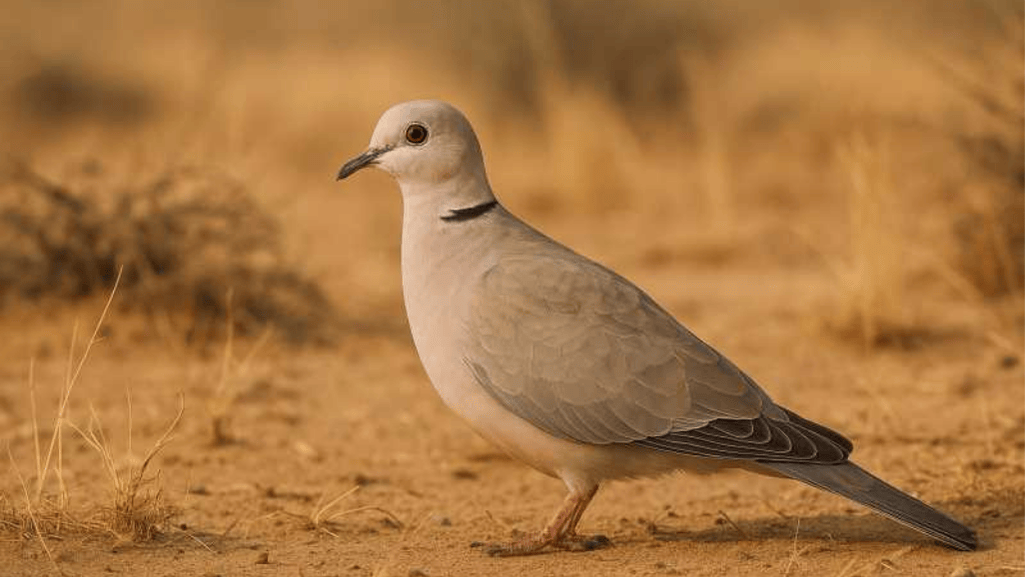 The African Collared Dove (often referenced in aviculture and field guides under related names such as Streptopelia roseogrisea in some taxonomic treatments) shows a set of physical traits useful for reliable identification and understanding of its ecology.
The African Collared Dove (often referenced in aviculture and field guides under related names such as Streptopelia roseogrisea in some taxonomic treatments) shows a set of physical traits useful for reliable identification and understanding of its ecology.
Feathers & Coloration
Overall the bird displays smooth, sandy‑brown feathers with paler underparts and subtle white markings on the wings and tail edges. The nape often shows a glossy contrast that frames the characteristic dark half‑collar—an important field mark in the species description.
Head, Bill & Eye Features
The head is rounded with a relatively small, slender bill suited to seed feeding. Eye color is commonly described as a dark reddish tone; use head shape, bill proportions, and eye color together for confident ID.
Tail & Wing Markings
Look for a distinctive black-and-white pattern on the tail and subtle marks on the wingtips. Tail pattern and wingtip contrast are among the most reliable ways to distinguish this species from similar collared doves in the field.
Distinguishing from Similar Species
Compared with other collared doves (for example the Eurasian Collared‑Dove), the African Collared Dove is often a touch smaller with a warmer, sandier tone and a slightly different tail pattern. A simple ID checklist (size, collar shape, tail pattern, bill/head proportions) helps separate species in mixed ranges.
Adaptations for Survival
Behavioral adaptations—such as remaining motionless (freezing) when a predator is detected—help them avoid notice. Their plumage provides camouflage in arid habitats, and their flexible diet and tolerance for human‑modified landscapes support range expansion in some areas.
Note: verify regional variation and subtle field marks with up‑to‑date field guides or regional bird atlases, since plumage tone and measurements can vary across populations.
The African Collared Dove Diet
Feeding practices for African Collared Dove
Feeding the African Collared Dove properly is essential to keeping this species healthy, whether in the wild or in captivity. Below are practical, vet-minded recommendations on their natural food items and how to replicate a balanced diet for captive birds. Discuss any supplements with an avian veterinarian—breeding birds may need extra calcium or vitamin D.
Preferred Food Sources
In the wild, the species feeds primarily on seeds found on the ground—grasses, cereal grains, and weed seeds dominate the diet. They may also take small invertebrates (for example snails or insects) opportunistically for extra protein, particularly during the breeding season.
Feeding Practices in Captivity
Provide a base diet of high-quality dove/columbid pellets or a premium seed mix formulated for doves and pigeons. Complement with small amounts of: sprouted seeds, cooked whole grains (rice, millet), and occasional leafy greens. Always offer grit to aid digestion if you feed whole seeds, and supply clean, fresh water daily.
Foods to Avoid
Avoid avocado, chocolate, caffeine, and foods high in salt or fat—these are toxic or harmful to pet birds.
Monitoring Body Condition
Weigh birds regularly and watch for changes in plumage, activity, or droppings. Adjust portions to prevent obesity (a common issue in captivity) and increase protein during molt and breeding.
Housing African Collared Doves
African Collared Dove housing
Good housing combines space, safety, and enrichment. Note that domesticated varieties (e.g., S. risoria in aviculture) can differ slightly in size and husbandry needs from wild Streptopelia populations—always check species-specific guidance if you care for captive birds.
Enclosure Size & Features
Minimum recommended enclosure dimensions often cited for single birds or small pairs are roughly 24 inches (length) × 36 inches (width) × 24 inches (height). Larger aviaries are preferable to allow flight and exercise. Use appropriately spaced bars or mesh to prevent injury and escape; include natural wooden perches of varying diameter to support foot health.
Substrate, Perches & Enrichment
Choose easy‑to‑clean substrates (paper, non-toxic bedding) and provide multiple perches at different heights. Add foraging opportunities (scatter seed for them to find) and safe toys to stimulate natural behaviors.
Safety and Temperature
Keep the housing in a draft‑free location, protected from direct heat sources. Maintain stable conditions—sheltered outdoor aviaries or indoor setups with temperatures appropriate for your region and the birds’ acclimation.
By matching captive diets and housing to the species’ natural preferences and physical needs, you support long-term health and behavior that closely resemble wild African Collared Doves.
Maintaining a Healthy Environment for African Collared Doves
To keep African Collared Doves healthy, create a stable, enriched home that supports natural behavior. Cage size, temperature, and the right supplies all influence your bird’s physical and mental well‑being.
Choosing the Right Enclosure
Design enclosures so birds can fly short distances, exercise, and escape stress. Aim for spacious aviaries when possible; for smaller indoor setups, provide as much horizontal flight room as practical. Use non‑toxic materials and predator‑proof construction to protect birds from injury and escape.
Enclosure & Temperature
Locate the enclosure in a draft‑free area out of direct sun and away from air conditioners or heaters. A commonly recommended comfortable range is roughly 65°F–80°F, though local climate and acclimation should guide exact targets—avoid sudden temperature swings.
Supplies & Enrichment
Essential items include:
Pelleted dove or columbid food formulated for nutritional balance
Grit if feeding whole seeds to support digestion
Durable wooden perches of varying diameters to promote foot health
Foraging opportunities and safe toys to reduce boredom and encourage natural behaviors
Stable, easy‑to‑clean water and food dishes
Cleaning & Health Monitoring
Establish a regular cleaning schedule: remove droppings and food waste daily and perform deeper cleans (change bedding, disinfect perches/dishes) weekly or as needed. Monitor birds daily for changes in weight, appetite, droppings, plumage, or activity—early detection of problems improves outcomes.
Veterinary Care
Arrange periodic checks with an avian veterinarian and consult them about vaccinations, parasite control, and any supplements. Replace the repeated “buy supplements” approach with targeted, vet‑recommended supplementation (for example calcium for breeding birds).
Breeding and Population Management
Manage breeding to maintain healthy captive populations: provide stable nesting sites, monitor pair bonding, and separate birds if aggression or overbreeding occurs. Understand local regulations and ethical guidelines before breeding or trading birds.
Conservation Status & Threats
Although the species is currently listed as Least Concern on the IUCN Red List, habitat loss, intensive agriculture, and trapping for the pet trade can pose local threats. Citizen science, responsible ownership, and support for habitat protection all help sustain wild populations.
Role of Keepers and Enthusiasts
Avian enthusiasts play a key role in conservation by practicing responsible care, participating in monitoring programs, and advocating for legal protections. Small daily actions—proper housing, good nutrition, and timely veterinary care—add up to healthier birds and stronger conservation outcomes.
Care Checklist (Daily/Weekly/Monthly)
Daily: fresh water, remove obvious waste, observe behavior and appetite.
Weekly: change bedding, clean food/water dishes, inspect perches and enclosure for wear.
Monthly: weigh birds, check for external parasites, review diet with a vet as needed.
By combining the right enclosure, supplies, hygiene, and veterinary guidance, you create an environment where African Collared Doves can thrive physically and express natural behaviors—supporting both individual bird welfare and broader conservation goals.
Conclusion
The African Collared Dove illustrates how careful taxonomy, field study, and responsible care combine to support both wild populations and captive birds. Ongoing genetic research within the Streptopelia genus underlines the importance of distinguishing wild forms from domesticated relatives (sometimes discussed under names such as Streptopelia roseogrisea or roseogrisea) for conservation and husbandry decisions.
Recent work by researchers (for example Donegan and van Grouw) has clarified relationships among collared doves and emphasized the value of targeted conservation and monitoring. At the same time, studies of related species such as the Eurasian Collared‑Dove show how range changes can have complex, often site‑specific effects—so continued observation and local assessments remain important.
Clear, evidence‑based care and informed breeding practices help keep captive populations healthy while reducing pressure on wild birds. Combining field research, responsible ownership, and public education offers the best path forward for protecting these gentle birds and their habitats.
FAQ
What does an African Collared Dove look like?
Light sandy‑brown and white feathers with a distinctive dark half‑collar on the nape; the tail shows a black‑and‑white pattern useful for identification.
Where is the native habitat of the African Collared Dove?
Native to sub‑Saharan Africa and parts of southwestern Arabia, typically found in open grasslands, scrub, agricultural areas, and human‑modified landscapes.
Can African Collared Doves be found in the wild in North America?
Wild occurrences in North America are rare; some birds reported in southern U.S. cities derive from escaped or released captive birds—check local records for current status.
What are some notable behaviors?
They are gregarious and non‑territorial, often forage on the ground in flocks, and may remain motionless when threatened as an anti‑predator tactic.
What do African Collared Doves eat?
Primarily seeds and grains in the wild; captive diets should mirror this base (pellets or seed mixes), with grit, fresh water, and vet‑advised supplements as needed.
What housing is recommended?
Provide roomy enclosures that allow short flights and exercise—many keepers cite minimum dimensions around 24″ L × 36″ W × 24″ H for small indoor setups, but larger aviaries are preferable. Include varied perches and enrichment.
How can I help conservation?
Support habitat protection, practice responsible ownership (avoid releasing captive birds), participate in monitoring or citizen science projects, and back legal protections that reduce trapping and overexploitation.
For more detailed references on identification, taxonomy, and regional status, consult recent field guides, IUCN assessments (Species List), and primary papers by specialists in Streptopelia.
